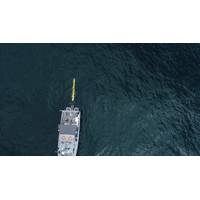
For the Royal Australian Navy, Technological Leap Starts Small
and win at sea.”“We’ve conducted several rounds of training in operations and maintenance for Thales and RAN operators,” said Rogers. “Our modular systems allow operators to replace components themselves which increases operational availability.”Advantages for naval applications of autonomous platforms and systems are many. But deciding which systems to use, and how to share the capabilities between men and machines, can be daunting. This is especially true in the area of naval mine warfare. The more machines can do, while keeping Sailors safely out

DGA Taps iXblue for AUV Positioning & Monitoring
The French General Directorate of Armament for Technical Naval Applications (DGA Technique Navales – DGA/TN, formerly GESMA), an entity specialized in experimentation in the area of mine warfare, has selected iXblue's Gaps acoustic positioning system for its autonomous underwater vehicle (AUV) positioning and monitoring applications."The choice of Gaps by the DGA/TN, which is the reference in France in the area of mine warfare, is a clear mark of the confidence placed in our underwater positioning technology," said Hubert Pelletier, Head of the Acoustics Division of iXblue. "Thi
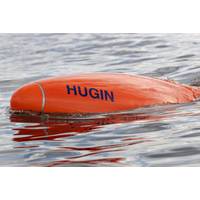
University of Gothenburg Selects HUGIN AUV
tool in our on-going research in waters closer to Sweden, for example, in the Skagerrak and the Baltic Sea in addition to projects in the Antarctic and Arctic.” “HUGIN AUVs are often seen as a commercial platform for offshore exploration and production operations or for naval applications such as mine countermeasures, however, they have also completed tens of thousands of survey kilometers and countless research projects for academic and marine science organizations,” said Atle Gran, Sales Manager Marin Robotics, Kongsberg Maritime

MTR Speaks with Harlan Doliner Ahead of His OINA Panel
Attorney at Verrill Dana LLP, is an organizer and panel member of the “Frontiers of Technology Transfer Panel” at the upcoming Oceanology International North America 2017 in San Diego. What do you consider to be the key challenges to technology transfer between i.e. naval applications, to marine science and ocean research applications? From my perspective one of the biggest challenges is the tendency to “silo” or compartmentalize new technologies into existing applications or areas of endeavor. The Naval Undersea Warfare Center has set a wonderful example
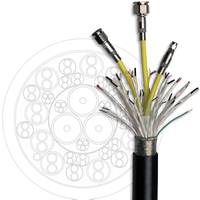
Insulated Wire Expands Cable Capabilities
Insulated Wire (IW) announced the expansion of its capabilities to produce customized composite cables featuring low smoke/zero halogen polyurethane jackets. They have seen sales of these cables grow significantly – particularly in naval applications, both on submarine and surface vessels. IW’s composite cables provide a myriad of options. Components can include individually shielded and jacketed signal transmission cables, power cables, microwave cables and fiber optic. Depending on the application, cables can be optimized to address issues such as hydrostatic pressure, tensile loads
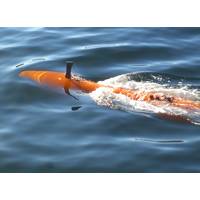
HUGIN AUV Chosen for Polish Navy Countermeasures
4,500 meters, depending on configuration. It can carry several different types of high performance survey sensors for synchronized and simultaneous operation. The HUGIN concept allows integration of alternative sensors for geophysical, search and inspection purposes, subject to customer demands. Naval applications include MCM, Rapid Environmental Assessment (REA)/Battlespace access, and Intelligence, Surveillance and Reconnaissance (ISR). Commercial applications include offshore oil and gas geophysical survey, inspection of pipelines and underwater engineering structures, environmental monitoring, hydrography
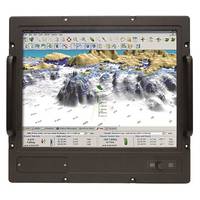
Comark’s Shipboard Applications Display Passes MIL-STD-901D Shock Testing
for long-term military applications. The product complies with Federal BAA (Buy American Act) requirements. “The 20.1” products common to the Navy have become obsolete due to the cease of LCD production, therefore the MDU19PC has been designed as a drop in replacement for these Naval applications. Not only does the MDU19PC solve the obsolescence, it also provides a superior product utilizing the latest technology including LED backlights requiring lower power meeting higher environmental requirements,” said Keith Vreeland, Business Development Manager. www.comarkcorp.com
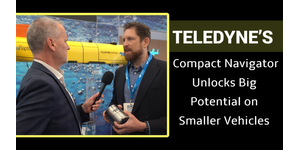
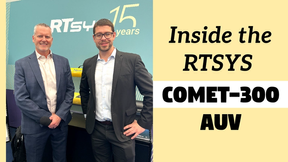

 February 2025
February 2025





